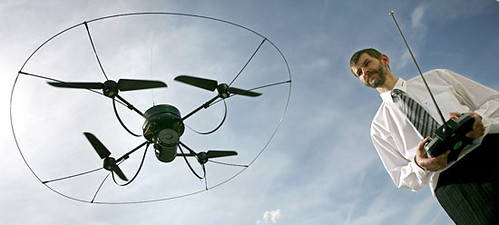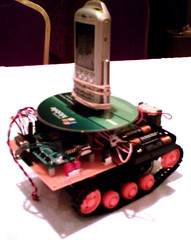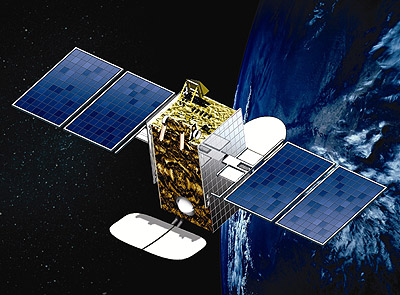You might have thought, after the demise of Napter and the ensuing deluge of RIAA lawsuits, that satellite radio was a pretty safe bet. After all, you’re not so much downloading music as you are catching it as it falls from the sky. Kinda like collecting rainwater. As consumer, you’d be right. You’re relatively safe, for now. It’s the providers that could be in trouble, as XM radio learned upon getting sued by RIAA.

The recording industry on Tuesday sued XM Satellite Radio Holdings Inc. (Nasdaq:XMSR – news), alleging its Inno device that can store music infringes on copyrights and transforms a passive radio experience into the equivalent of a digital download service like iTunes.
The suit accuses XM Satellite of “massive wholesale infringement,” and seeks $150,000 in damages for every song copied by XM customers using the devices, which went on sale earlier this month. XM, with more than 6.5 million subscribers, said it plays 160,000 different songs every month.
…
“…Because XM makes available vast catalogues of music in every genre, XM subscribers will have little need ever again to buy legitimate copies of plaintiffs’ sound recordings,” the lawsuit says referring to the hand held “Inno” device.
The suit says that XM has touted its service’s advantages over the iPod and cites XM’s advertising literature that says “It’s not a Pod. It’s the mothership.”
At $150,000 a pop, you’d better be careful what you beam down from “the mothership.” But, as the guys over at Gizmodo suggest, you might want to get yourself an Inno before they disappear forever. (Though the folks at XM say the lawsuit is just a negotiating tactic.)
In slightly related news, if you’re a Sirius Radio subscriber you’ll can listen to Bad Astrology blogger Phil Plait on Discovery Channel Radio at 9:00pm EST. He’ll be talking about the likelihood of Earth having a run in with a comet sometime next week…
South Florida newspaper Florida Today has built a Google Maps mashup of space launch sites at Kennedy Space Center and Cape Canaveral. It includes a database of every launch since the dawn of the space age, shuttle and rocket launch video and images, and video tours inside facilities people usually don’t get a chance to see guided by its space reporters. It also has an enhanced 3D Google Earth version you can download as well

 Some of you may be familiar with a rumor that’s been circulating various apocalyptic astronomy blogs: that fragments of the comet
Some of you may be familiar with a rumor that’s been circulating various apocalyptic astronomy blogs: that fragments of the comet  New York City Transit says a pilot program proposed last year could be in place by November.
New York City Transit says a pilot program proposed last year could be in place by November. 


 WiMo uses a Windows Mobile 5.0 Smartphone as the central "brain" of the robot. This Smartphone sits directly ontop of a Windows Mobile SDK cd (I did say i was using the SDK in a fun and unique way). The Smartphone communicates to a microcontroller via Bluetooth, using our Managed Bluetooth classes and also communicates with a Pocket PC (and soon to be desktop pc instead) via WiFi. The Pocket PC can be used to remotely control WiMo. The action pad of the Pocket PC is used for standard movement (up, down, left, right, stop).
WiMo uses a Windows Mobile 5.0 Smartphone as the central "brain" of the robot. This Smartphone sits directly ontop of a Windows Mobile SDK cd (I did say i was using the SDK in a fun and unique way). The Smartphone communicates to a microcontroller via Bluetooth, using our Managed Bluetooth classes and also communicates with a Pocket PC (and soon to be desktop pc instead) via WiFi. The Pocket PC can be used to remotely control WiMo. The action pad of the Pocket PC is used for standard movement (up, down, left, right, stop). 